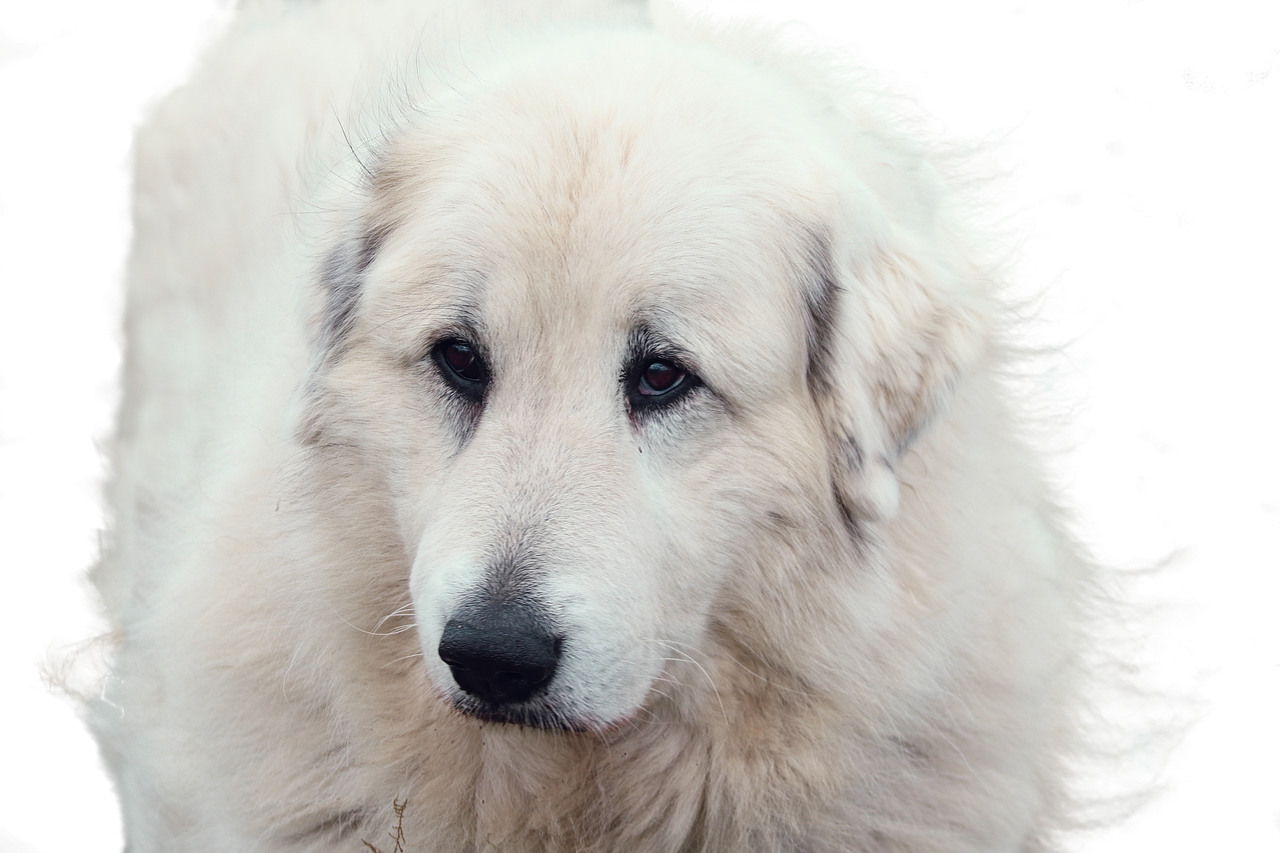
Great Pyrenees, known for their loyal nature and majestic appearance, are a beloved breed among dog owners. Their thick, white coats, and kind, watchful eyes are just a few of the traits that make these gentle giants endearing. However, like all breeds, the Great Pyrenees are susceptible to certain health issues. It’s important to know these common health issues and their signs to ensure your furry friend stays in the best possible health. Let’s explore the top five most common health issues in Great Pyrenees.

-
Hip Dysplasia
Hip dysplasia is a common health issue not only in Great Pyrenees but in many large dog breeds. This condition is a malformation of the hip joint, leading to arthritis and discomfort over time. Signs of hip dysplasia include difficulty getting up or lying down, reluctance to run or jump, loss of thigh muscle mass, and a noticeable “hop” or “bunny hopping” gait. Regular veterinary check-ups can help diagnose this condition early, and treatment options include medication, physiotherapy, and in severe cases, surgery.
-
Bloat or Gastric Dilatation-Volvulus (GDV)
This potentially life-threatening condition occurs when the dog’s stomach fills with gas and possibly twists. Bloat is especially prevalent in deep-chested dogs, like the Great Pyrenees. Symptoms to look out for include a distended abdomen, excessive drooling, restlessness, retching without vomiting, and signs of pain when the belly is touched. If you notice these signs, seek immediate veterinary attention. Preventive measures include feeding smaller, more frequent meals, avoiding vigorous exercise around meal times, and in some cases, a prophylactic surgical procedure called a gastropexy.
-
Bone Cancer (Osteosarcoma)
Osteosarcoma is a common form of bone cancer in large and giant breeds, including the Great Pyrenees. It typically presents with persistent lameness or swelling in a leg that doesn’t improve with rest or medication. Osteosarcoma is often painful, and dogs may exhibit signs of discomfort or decreased activity. If your dog shows these signs, prompt veterinary care is vital. Treatment often involves a combination of surgery, chemotherapy, and pain management.
-
Patellar Luxation
This condition, often hereditary, occurs when the dog’s kneecap (patella) dislocates or moves out of its normal location. Signs of patellar luxation include intermittent skipping or hopping, sudden lameness, or an unusual sitting position (sitting with one leg splayed out). Treatment can range from lifestyle changes and physical therapy for milder cases to surgery for more severe cases.
-
Congenital Deafness
Great Pyrenees have a relatively high incidence of congenital deafness, which can be present at birth or develop within the first few weeks of life. Signs of potential deafness in your pup include unresponsiveness to sounds, difficulty waking up, or excessive barking. Veterinary consultation can confirm if your pup is affected. While there is no cure for deafness, dogs can live full and happy lives with appropriate training and management strategies.
In conclusion, the best defense against these common health issues in Great Pyrenees is regular veterinary care and being aware of the signs of potential problems. Early detection and intervention can significantly improve the prognosis and quality of life for your Great Pyrenees. However, remember that not all dogs will experience these conditions, and with good care and attention, your Great Pyrenees can lead a healthy and fulfilling life.
NEXT UP: Since the pandemic, veterinarian bills have skyrocketed. This website lets you compare prices on all the pet insurance companies at once.
The post Know the Signs: 5 Most Common Health Issues in Great Pyrenees appeared first on iHeartDogs.com.
via Whisker Therapy